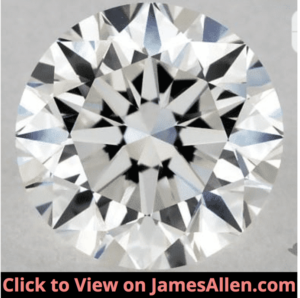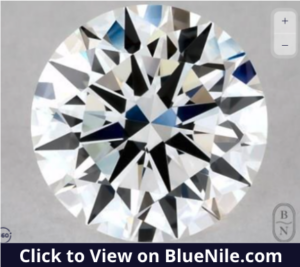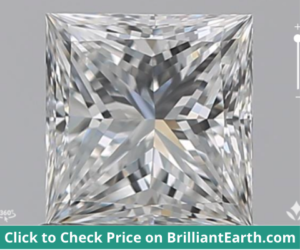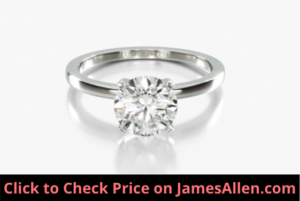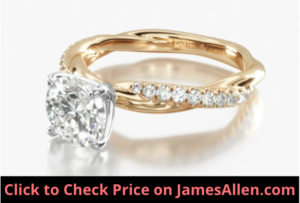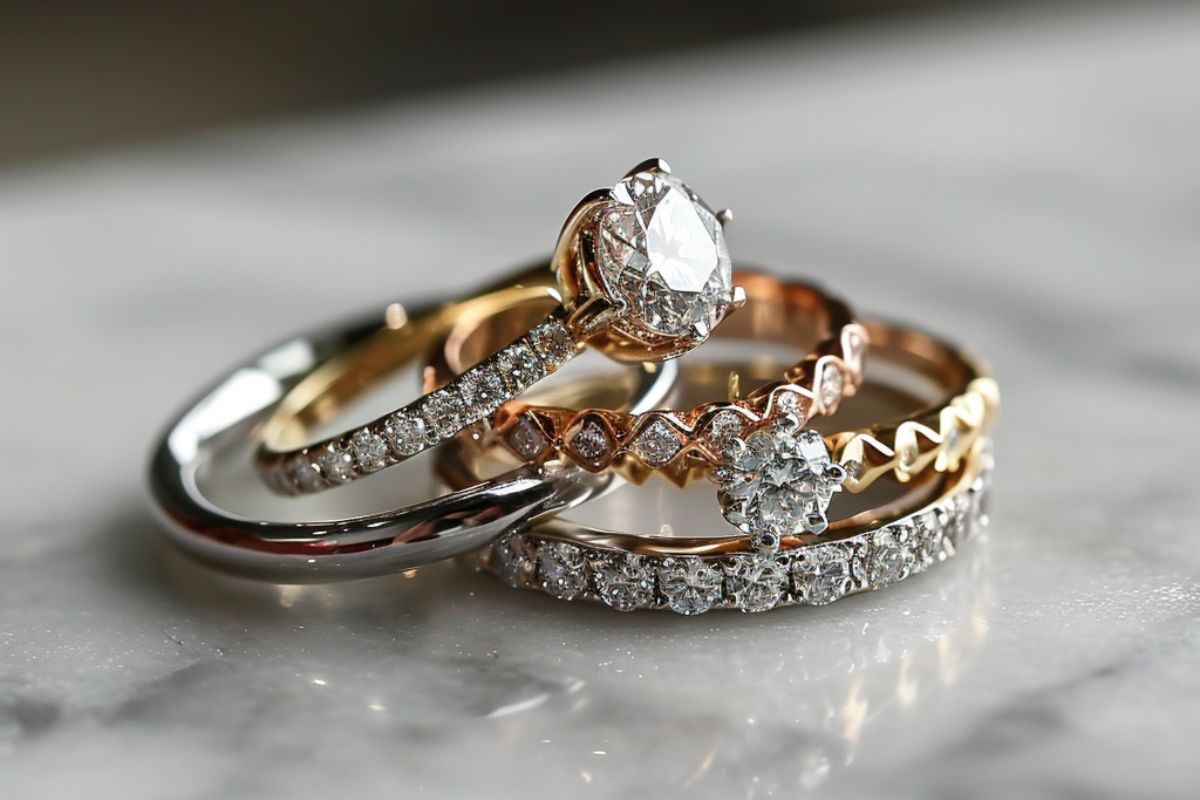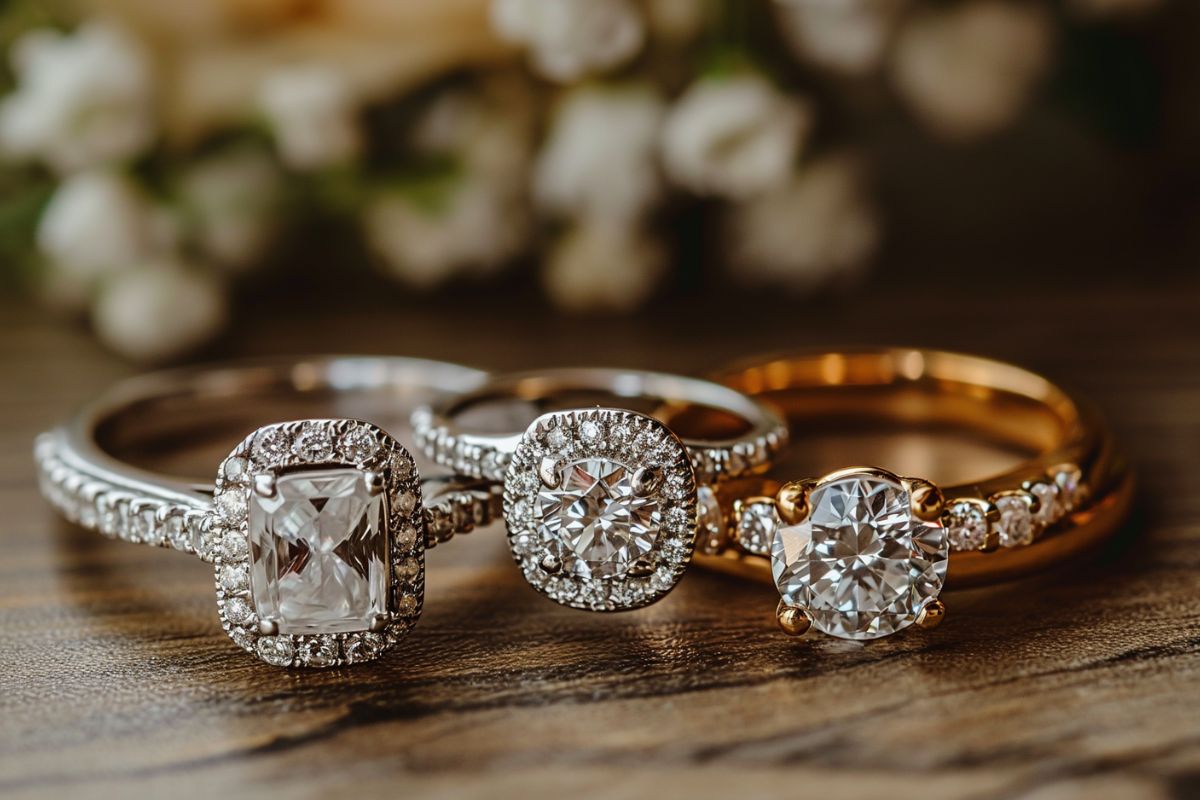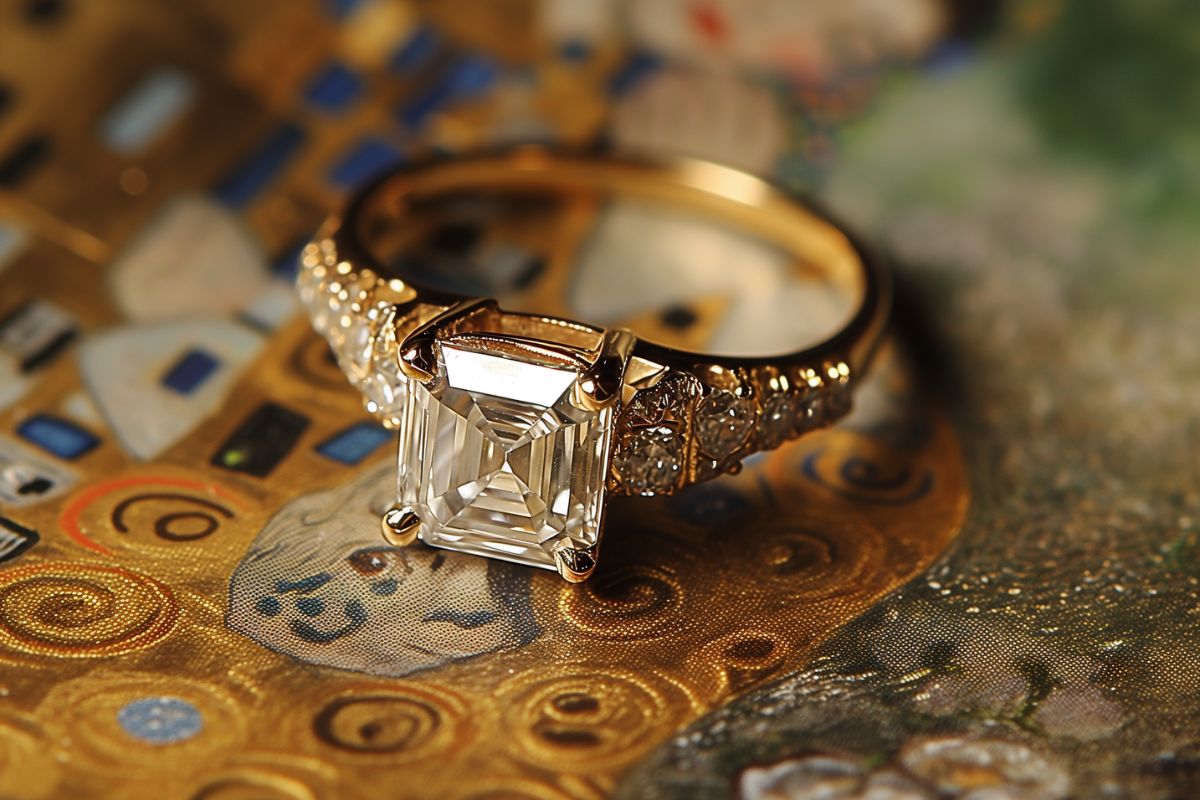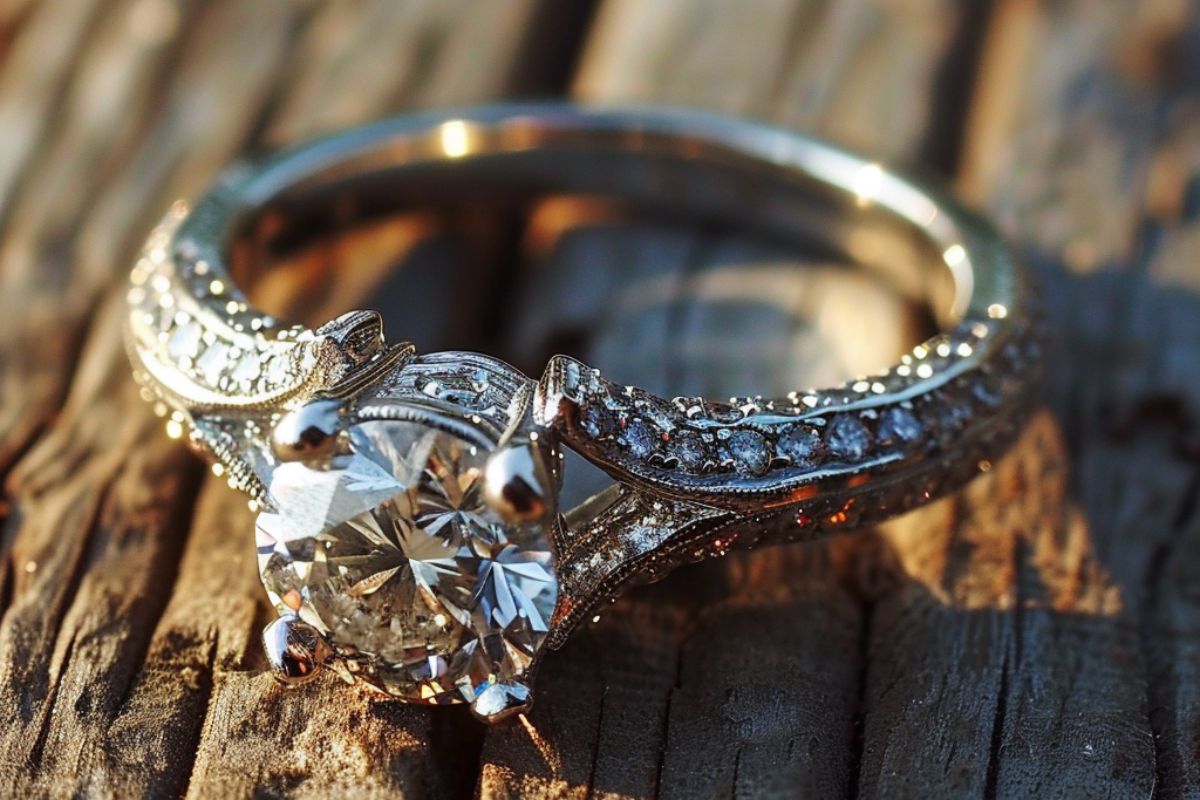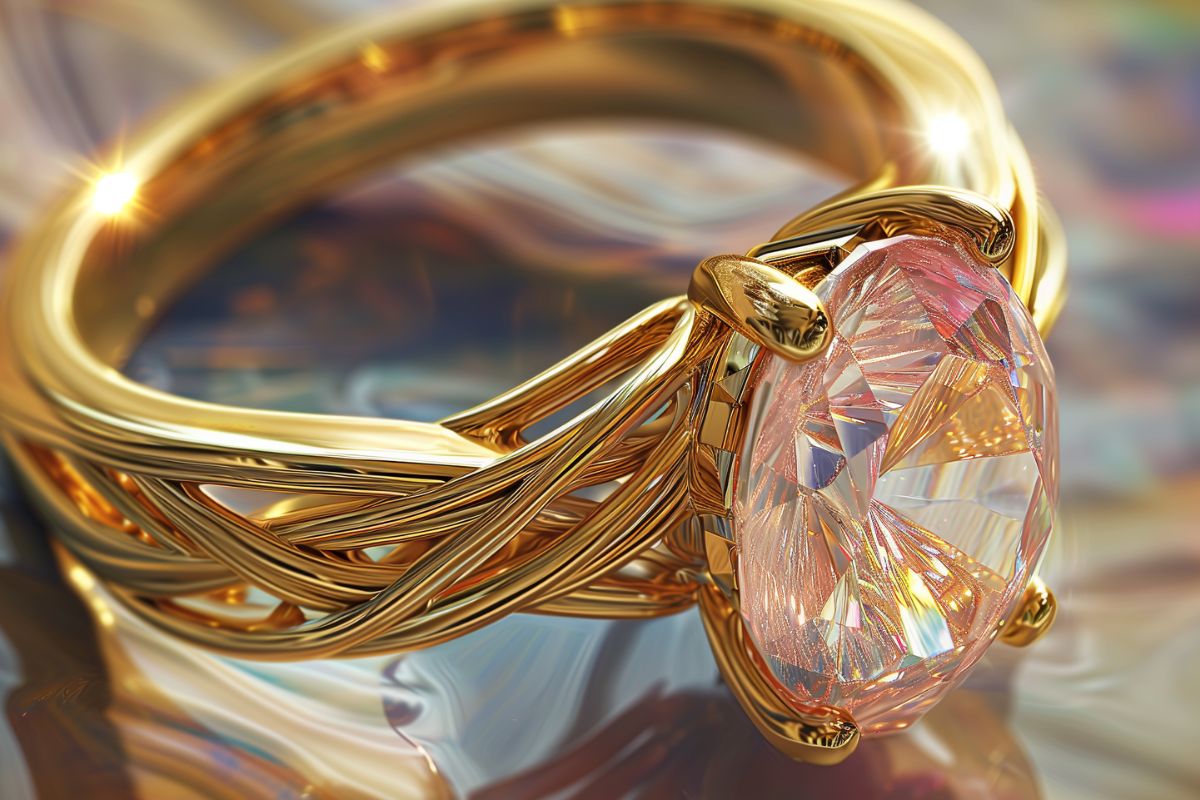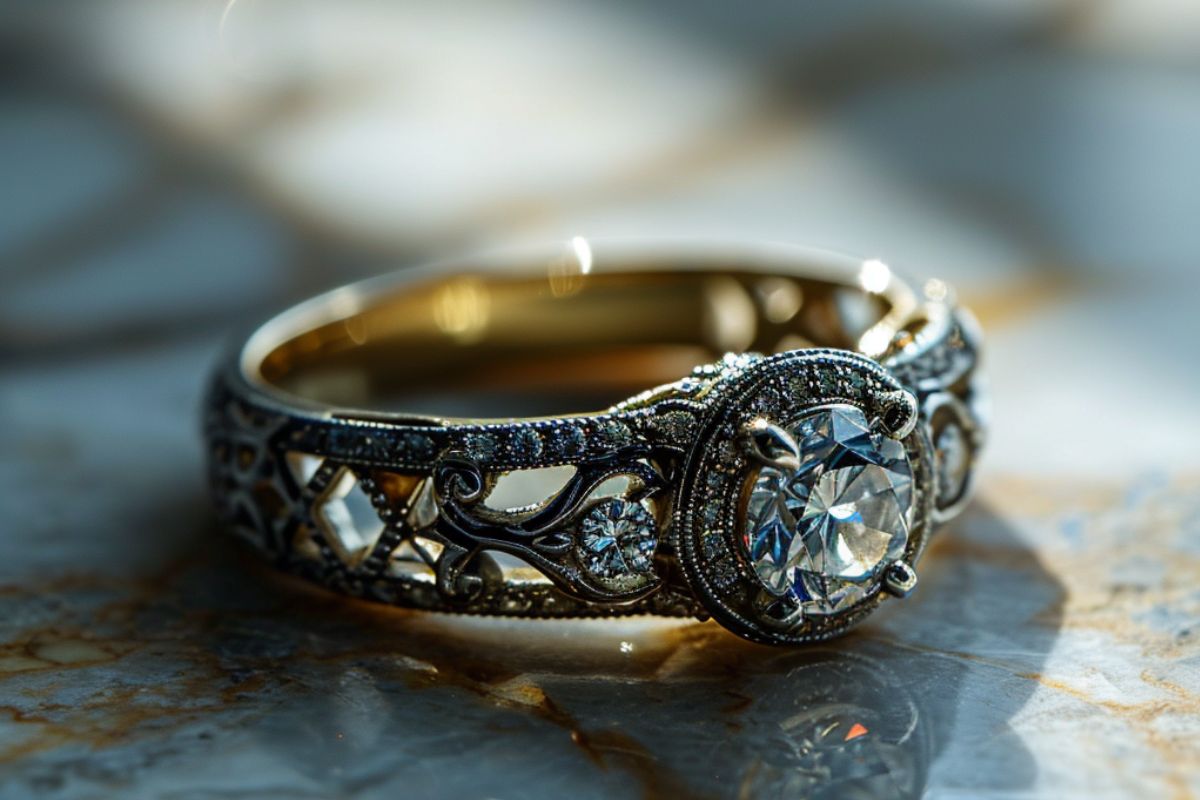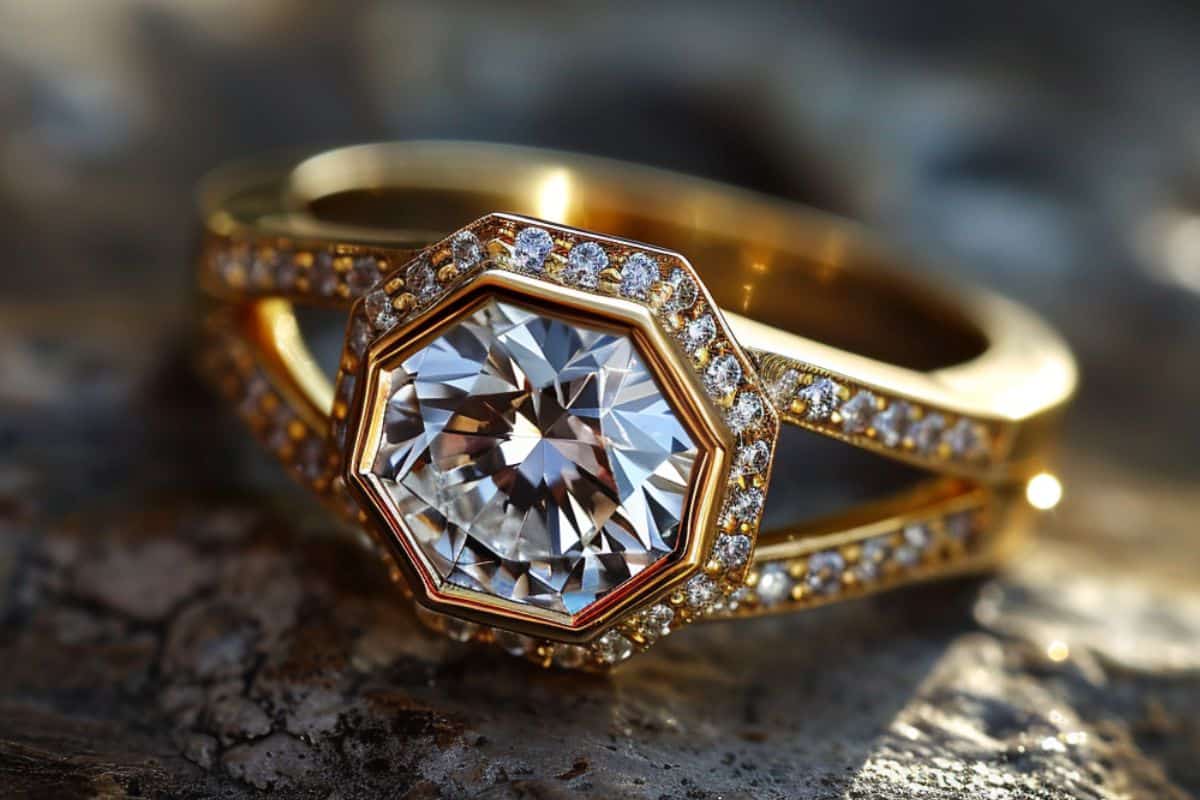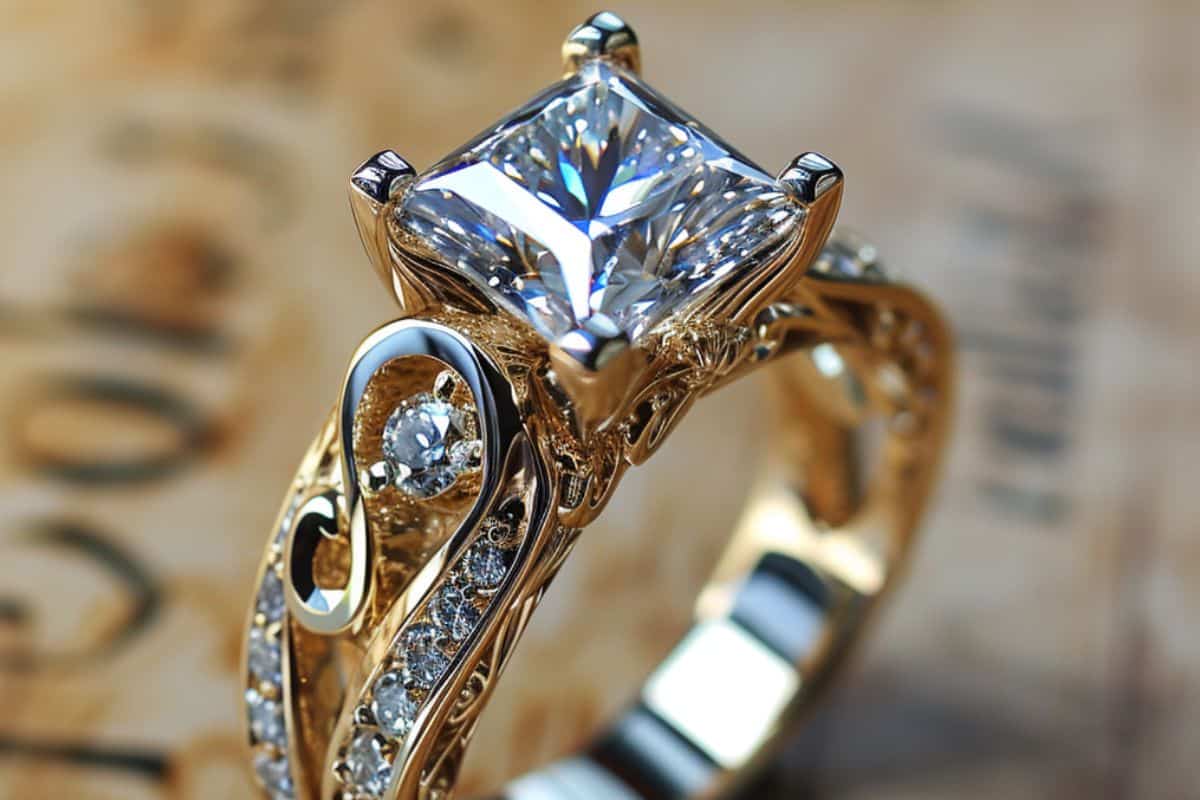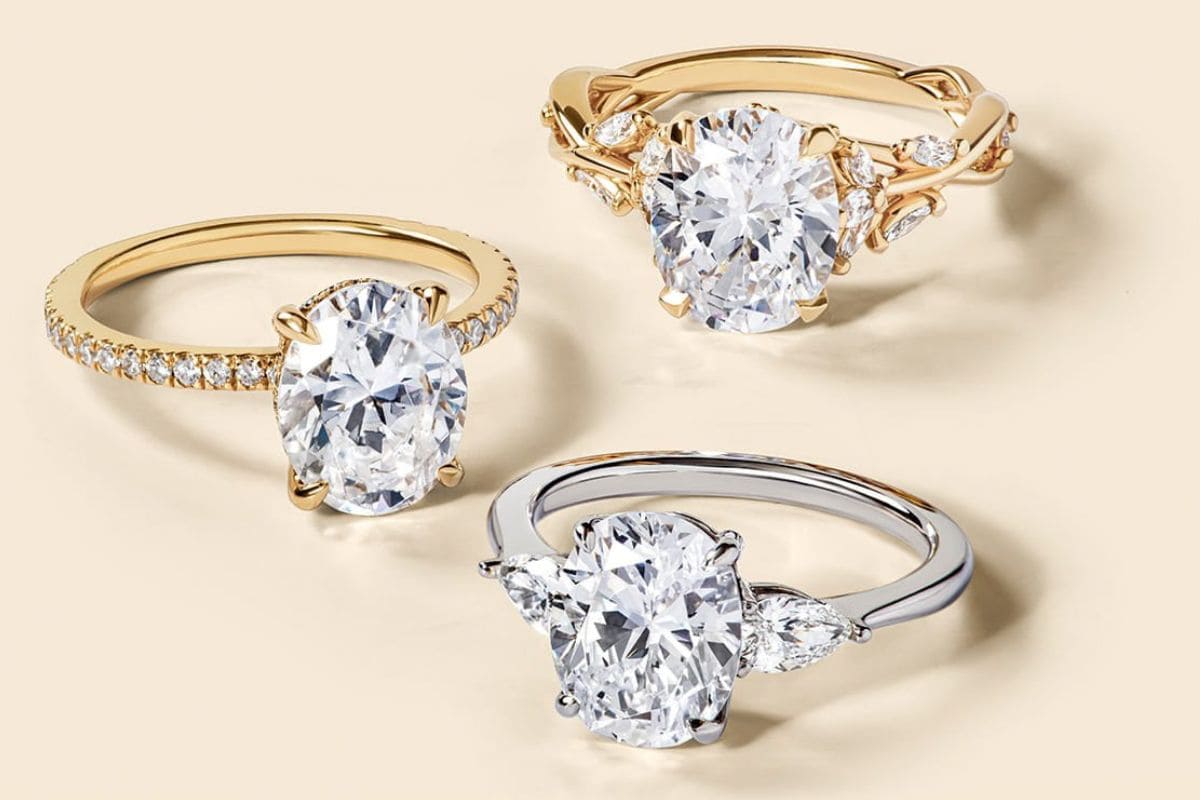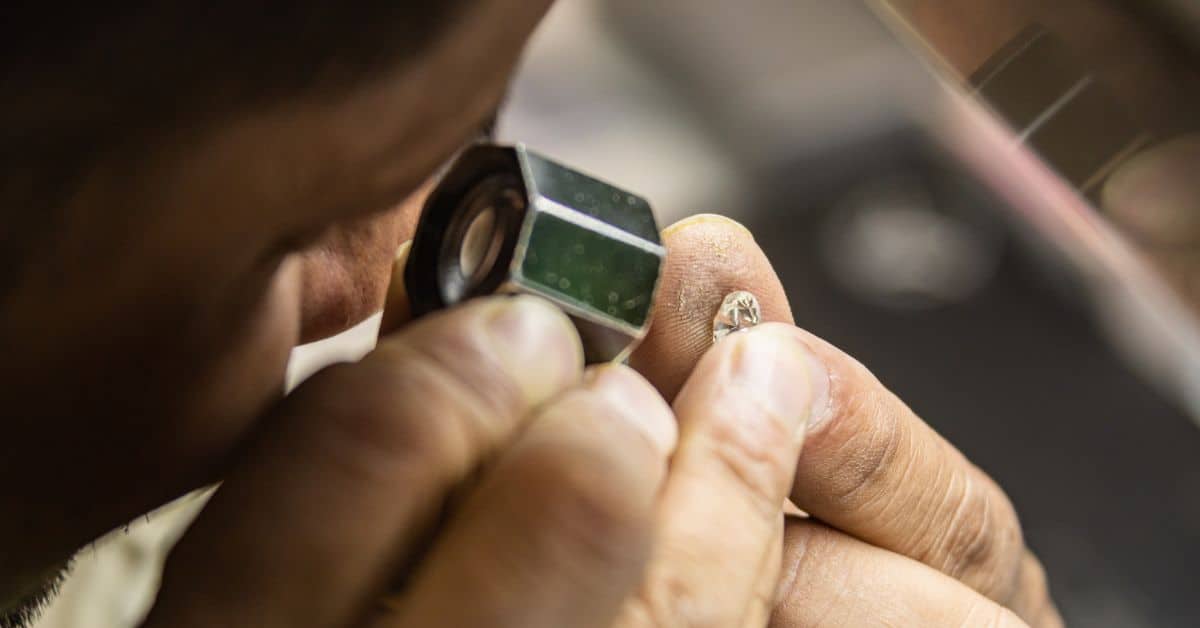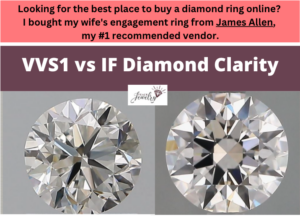
A diamond’s clarity impacts its appearance, brilliance, and durability.
Clarity is graded on a scale from flawless to heavily included. Two grades between those ends of the spectrum are VVS1 (very, very slightly included), and IF (internally flawless).
The main difference between VVS1 and IF diamonds is VVS1 indicates there are tiny imperfections within its facets such as pinpoints or needles. These flaws are typically not visible without magnification. IF diamonds have no inclusions visible at 10x magnification.
Let’s compare VVS1 versus IF diamonds, including:
- An overview of each
- Three ways they’re different
- Similarities
- How to decide which is right for you
What is VVS1 Diamond Clarity?
A VVS1 diamond has inclusions visible at 10x magnification, but they have minimal impact on the diamond’s performance and quality.
Examples of the inclusions found in a VVS1 diamond include:
- Pinpoints
- Needles
- Crystals
- Twinning wisps
The diamond pictured below, from the vendor where I bought my wife’s engagement ring, earned a VVS1 clarity grade from the Gemological Institute of America (GIA).
Check out the gem on their website, because you rotate the image 360 degrees and view it from every angle.
The GIA report, also available on the site, shows pinpoints, feathers, indented naturals, and naturals, but each are incredibly small.
They’re even difficult to spot on the clarity characteristics plot.
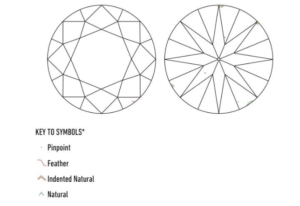
The blemishes are impossible to view with the naked eye.
These same inclusions can be found in diamonds that earn a lower clarity grade, but in a VVS1 diamond, they’re smaller, more transparent, and in positions that don’t cause structural issues.
On the clarity scale, VVS1 diamonds are one position above VVS2. Compared to VVS1 diamonds, VVS2 indicates inclusions are slightly larger or more impactful. To the naked eye, it’s typically impossible to tell the difference.
This also makes them a valuable find over flawless diamonds because you can avoid those premiums while still having one that appears flawless.
What are IF Diamonds?
IF diamonds have no internal inclusions visible at 10x magnification, but it will have blemishes on its surface. These imperfections are often minimal and invisible to the naked eye.
Check out the IF round-cut diamond below.
No matter which way you rotate the high-resolution image, there are no inclusions apparent.
The comments section of the GIA report reads “Minor details of polish are not shown,” but there are no inclusions listed on the clarity characteristics plot.
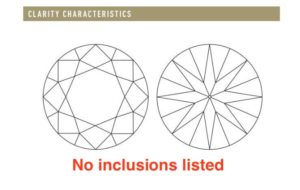
IF diamonds are one step below flawless (FL) on the GIA clarity scale and one above VVS1.
The difference between IF and FL diamonds is the latter has no inclusions on the inside or surface visible at 10x.
The types of blemishes noted on an IF diamond include:
- Polish marks
- Extra facets
- Surface graining
Each of these affects a diamond in a different way.
For example, extra facets could mean mean it lacks excellent symmetry. This can diminish its brilliance because light can’t enter and exit the diamond’s facets properly.
Surface graining appears as transparent or colored lines and also prevents optimal light performance.
Though there are issues present on the surface, IF diamonds are generally eye-clean.
It often takes a professional gemologist to identify the differences between VVS1 and IF diamonds, even with magnification.
How are VVS1 and IF Diamonds Different?
1. IF Diamonds Have No Inclusions at 10x Magnification
Inclusions refer to flaws on the inside of a diamond. They develop as part of the formation process because of the intense pressure and heat.
With an IF diamond, it’s free from internal inclusions when viewed with magnification.
To illustrate, here’s a magnified view of a princess cut diamond with an IF clarity grade.
Take a few minutes to view the diamond in close detail. You won’t find any inclusions.
That doesn’t mean there aren’t any.
It’s possible small pinpoints or needle inclusions could be found at 20x, 40x, or 60x magnification, but the GIA’s scale only takes into account 10x magnification.
In fact, most gemologists agree no diamond is truly flawless on the inside.
For instance, notice the size of these pinpoint inclusions.
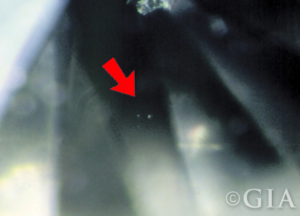
They’re visible at the level of magnification, but it’s easy to imagine more of them lurking inside the facets that are too small to discover at 10x magnification.
The most valuable diamonds have small inclusions that don’t impact the diamond in any way, so they earn the top grades of FL and IF.
VVS1 diamonds can have internal inclusions and external flaws.
2. IF Diamonds are More Rare
It’s rare for a diamond to develop without any visible inclusions at 10x magnification.
Diamonds are formed under such harsh conditions that none come out unscathed.
This results in less than half a percent of diamonds on the market selling as internally flawless.
VVS1 diamonds represent between three and five percent of diamonds sold. If you’re searching at any popular jewelry retailer, you’ll likely find far more options for VVS1 diamonds versus IF.
For example, James Allen is a popular online diamond retailer.
They have 9,000 round IF diamonds available across all color, carat weights, and cuts.
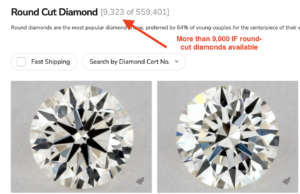
There are close to 30,000 round VVS1 diamonds to choose from.
Blue Nile, another online retailer, offers 10,000 options for round IF flawless diamonds and 26,000 round diamonds with a VVS1 clarity grade.
If you want the most number of options, explore the wide range available with a VVS1 clarity grade. You can modify the cut, carat, and color to find the right combination for you.
3. VVS1 Diamonds Sell for a Lower Price
For every step up the GIA clarity scale, the price of a diamond increases. This is also true of criteria such as color, cut, and carat.
The key to the right purchase is understanding the marginal price differences between VVS1 and IF diamonds and deciding whether the benefits are worth the extra cost.
The best way to understand price differences is to compare diamonds that have all the same qualities, except one is IF and the other is VVS1.
I analyzed hundreds of diamonds with the following qualities:
- Carat weight: 1.00
- Cut: Very good
- Color: G
At James Allen, the average price of a round IF diamond with these qualities is $7,188, with a range of $6,340-$8,140.
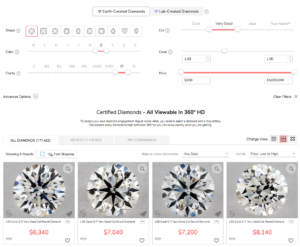
At Blue Nile, the average price is $7,468, and the range is $6,802-$8,698.
For a diamond with those qualities and a VVS1 clarity grade, the average price at James Allen is $6,765, with the lowest price at $5,970 and the highest at $7,840.
Blue Nile sells these VVS1 diamonds for an average of $7,090 and a range of $6,373-$8,370.
So you can expect to pay a 5-7 percent premium for an IF versus VVS1 diamond.
This range can be the difference in hundreds of dollars for a one-carat diamond or more than $1,000 as the carat weight increases.
You’ll have to decide if the benefits of an IF diamond versus a VVS1 diamond are worth the price increase.
You might choose to take the money you’d save on a VVS1 diamond and put it toward a higher carat weight or color grade.
Do They Have Similarities?
1. Eye-Cleanliness
The first is they’re both eye-clean, like VVS1 diamond ring.
Eye-cleanliness is a coveted trait because most buyers are only concerned about its appearance to the naked eye.
They don’t want to look down at their diamond ring and see dark spots or white lines spreading throughout it.
With IF and VVS1 diamonds, this isn’t a problem. No matter the type of inclusions, they can only be seen with magnification and will look identical to anyone viewing them side by side.
2. External Blemishes
Both diamonds could also have external blemishes such as surface graining, minor polish marks, and additional facets.
The flawless designation for IF diamonds doesn’t refer to its surface. So the same issues, like the surface graining seen below, are found on VVS1 and IF diamonds.
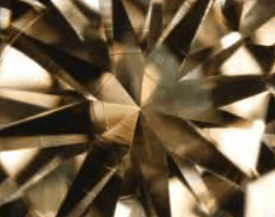
In both cases, the blemishes have minimal impact on the diamond and often can’t be seen without magnification.
3. Don’t Offer Strong Value
VVS1 and IF diamonds aren’t considered strong value buys because both grades result in a price premium.
Even though FL diamonds command the highest prices, you’ll still pay far more for those two grades than ones lower on the clarity scale like SI1, VS2, or VS1.
Each of those three grades has the potential to mean the diamond is eye-clean. If you lined up a VS2, VVS1, and IF diamond under 1.5 carats, they’d likely look the same, and the VS2 diamond would cost 40-50 percent less.
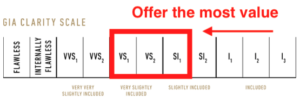
Those savings could be put toward other qualities like its carat weight or a setting enhanced with pavé diamonds.
You’ll increase the total carat weight of your ring without the price increase that results from VVS1 and IF clarity grades.
Should You Choose a VVS1 or IF Diamond?
If you’re deciding between a VVS1 or IF diamond, here are a few guidelines.
Consider a VVS1 diamond if:
- You want a high-quality diamond without the premium price of IF
- You’re buying a large diamond and want a high degree of confidence inclusions aren’t visible
An IF diamond might be right for you if:
- It’s important to you there are no inclusions visible at 10x magnification
- You’re willing to pay the premium price these diamonds warrant
- You can accept minor surface blemishes
They’re both rare finds, so retailers charge top dollar for the lack of imperfections.
If your only concern is inclusions aren’t visible to the naked eye, don’t choose an IF or VVS1 clarity. Start your search at SI1 clarity and move up the scale from there.
For my wife’s diamond, I landed on VS1 clarity, but anyone who looks at it would assume it’s flawless because the inclusions require magnification.
But if you want the pride of knowing your diamond has better clarity than more than 90 percent of others on the market, an IF or VVS1 diamond can be the right choice for you.

Jacob Clarke
Jacob Clarke is the founder of TeachJewelry.com.
He earned an Applied Jewelry Professional Diploma from the Gemological Institute of America (GIA) and now brings you essential information about diamonds, settings, and more.
Jacob has consulted with leading jewelry brands, and his work has been cited in Clean Origin, Diamond Nexus and industry publications.
He's also a member of the International Gem Society.
He enjoys discussing jewelry with readers, so contact him with any questions at jacob.clarke@teachjewelry.com.

